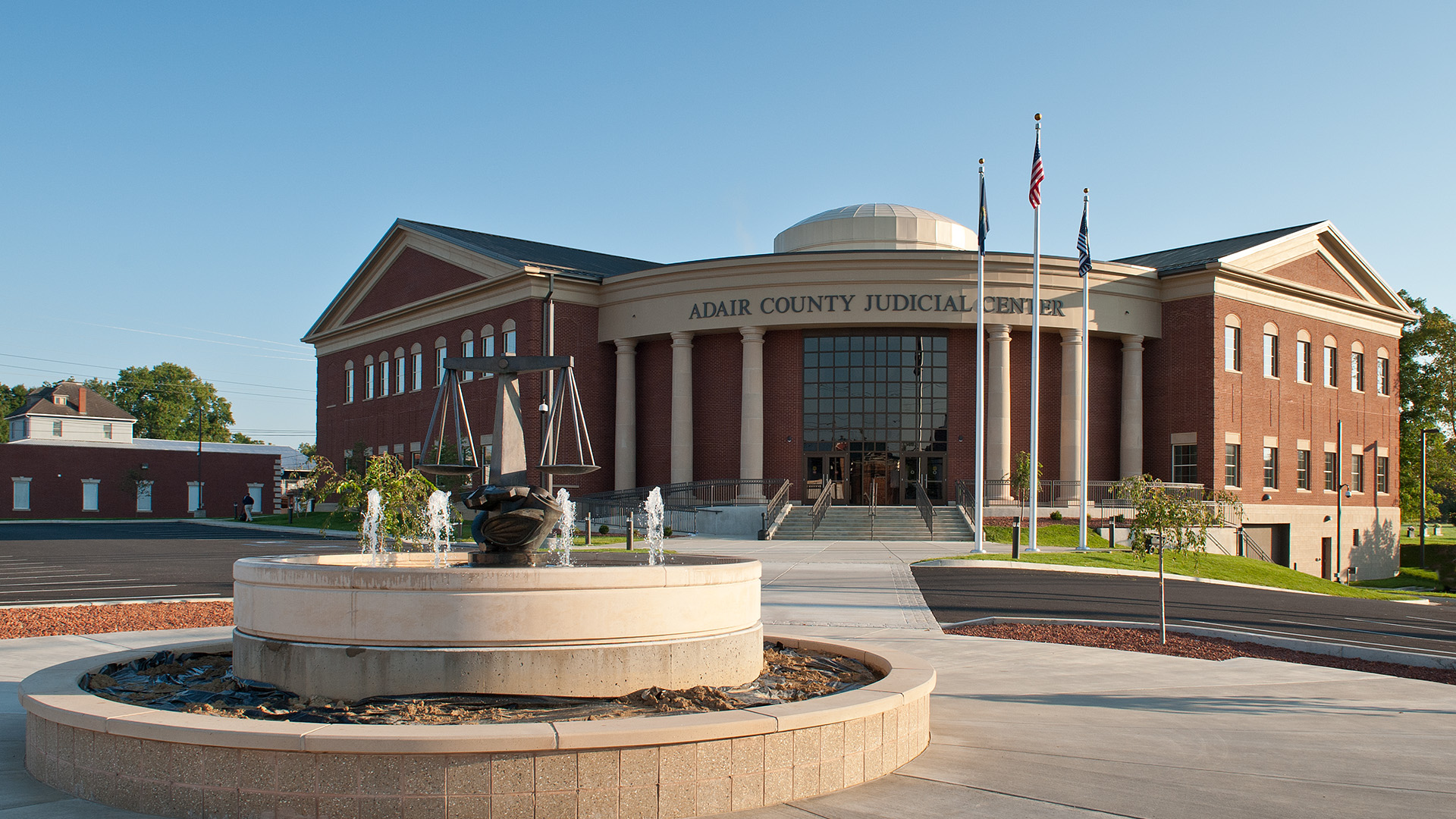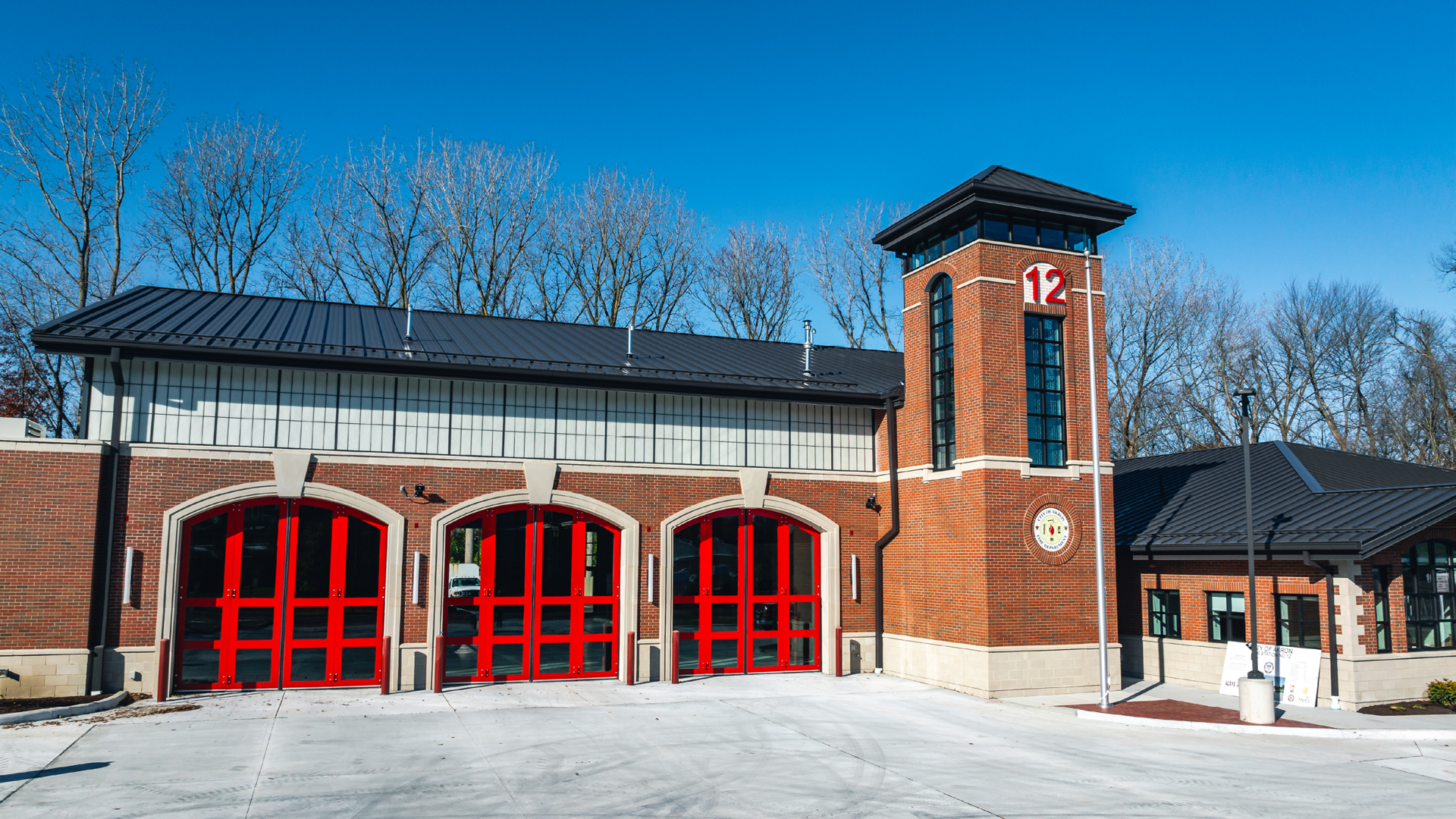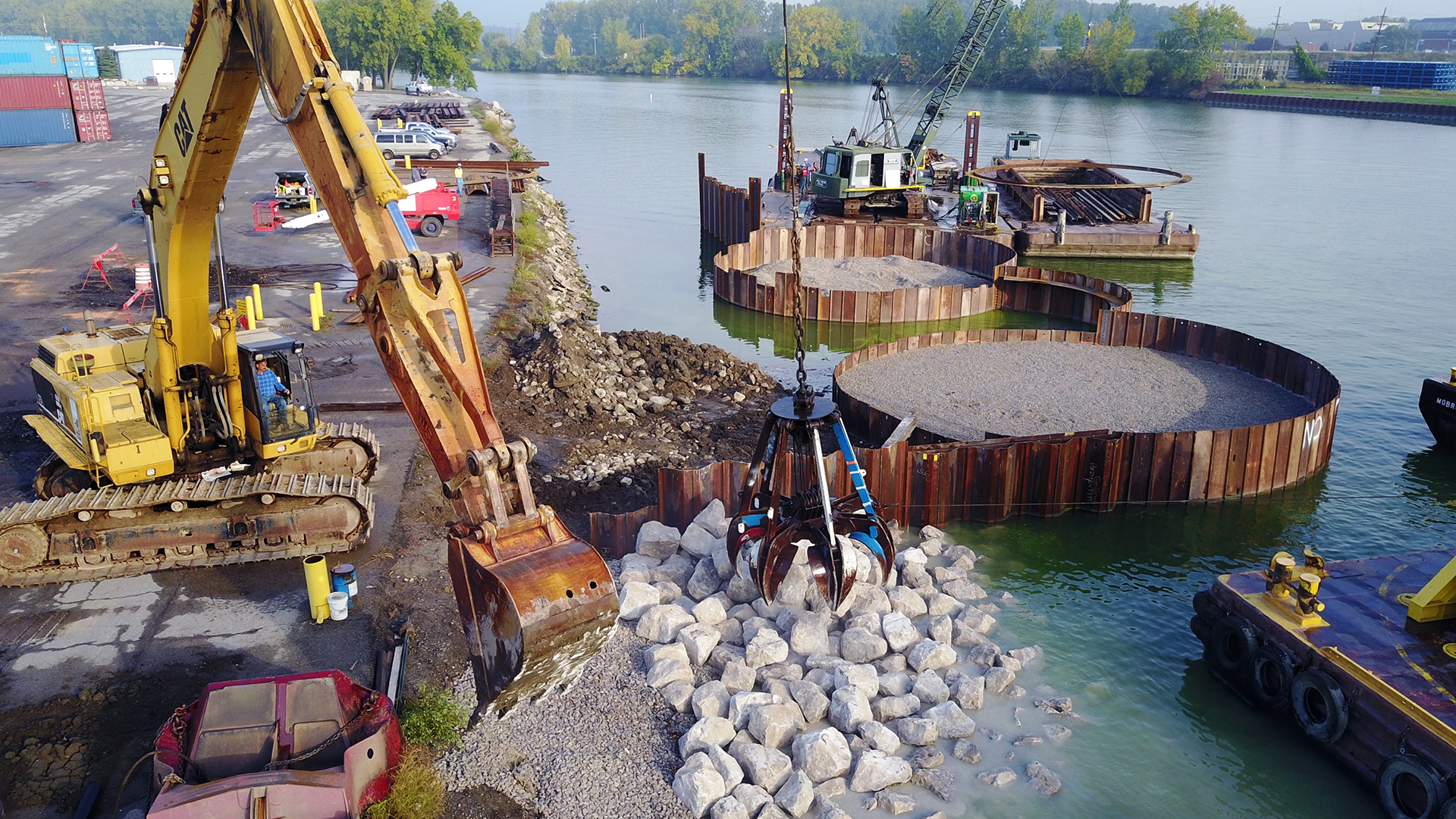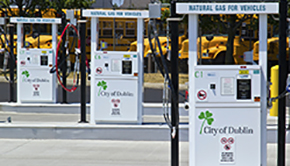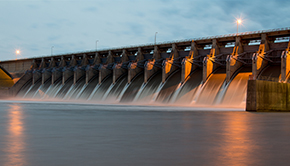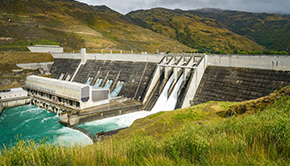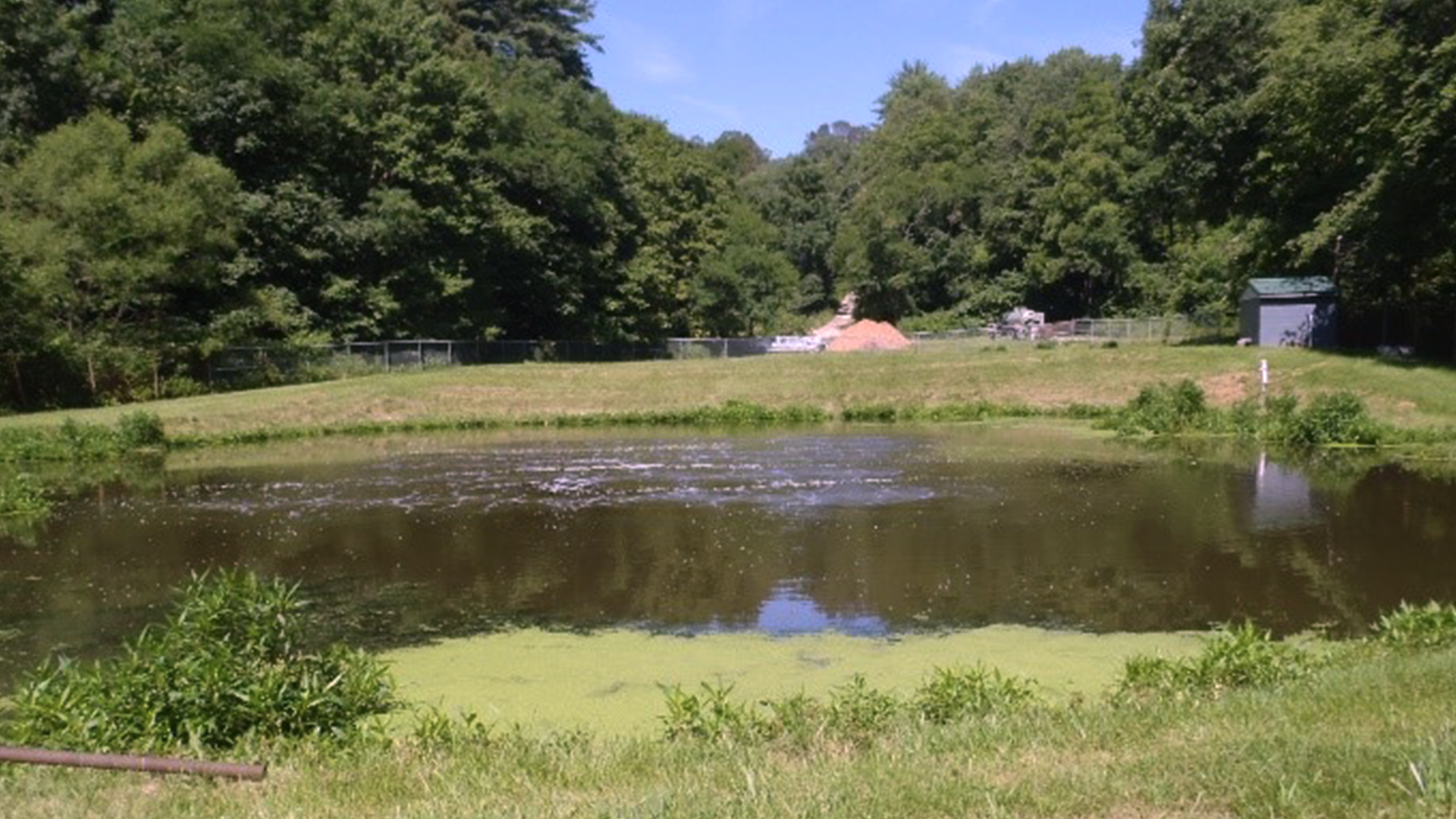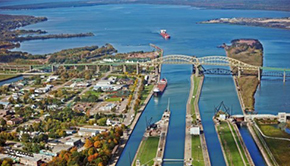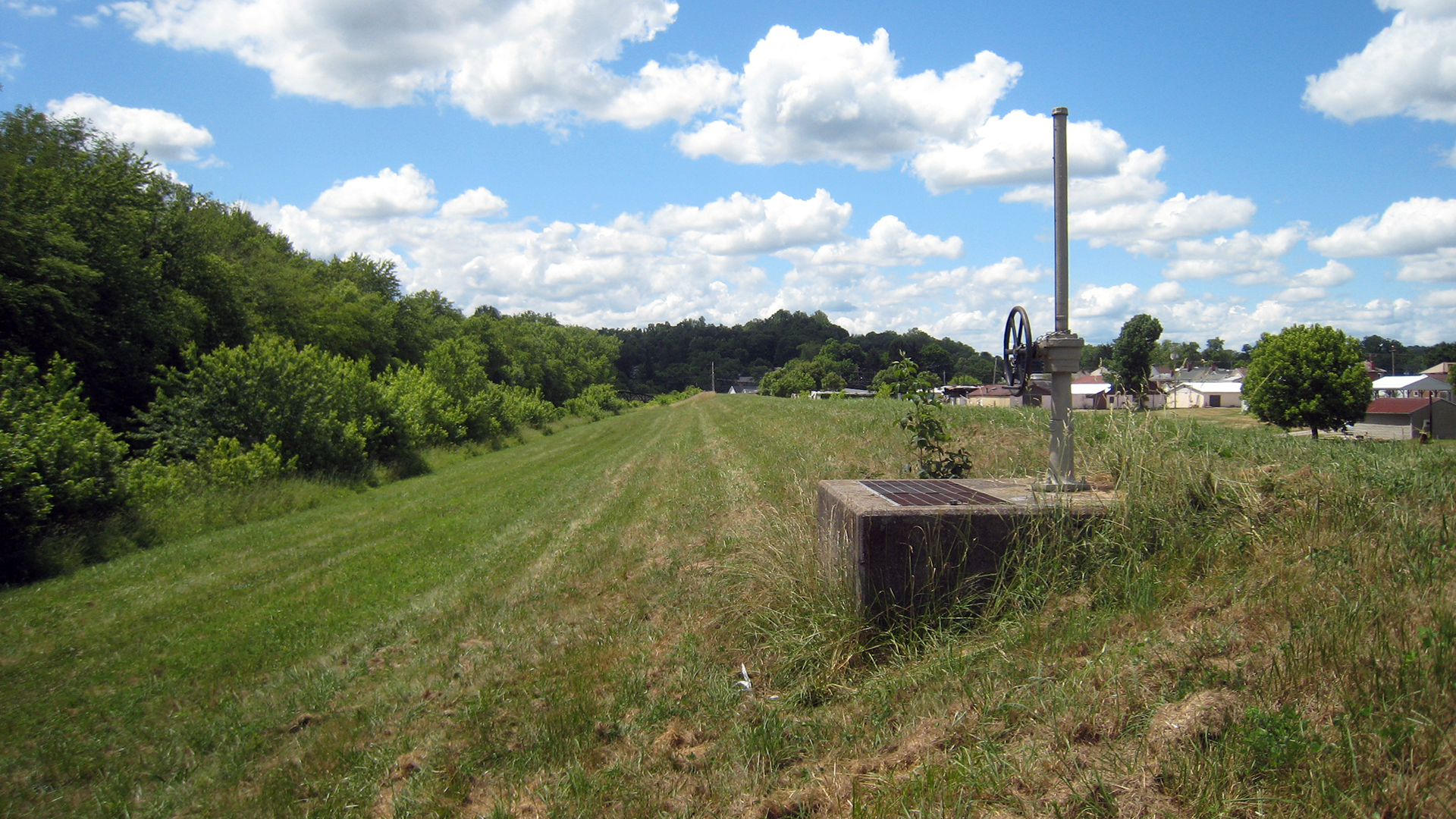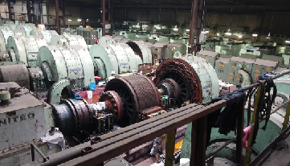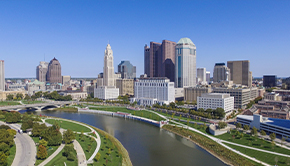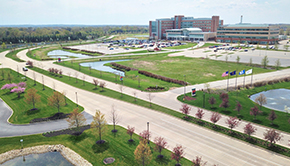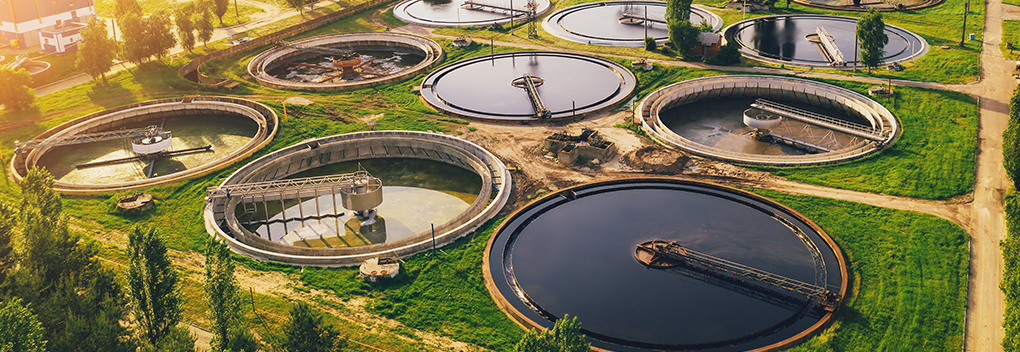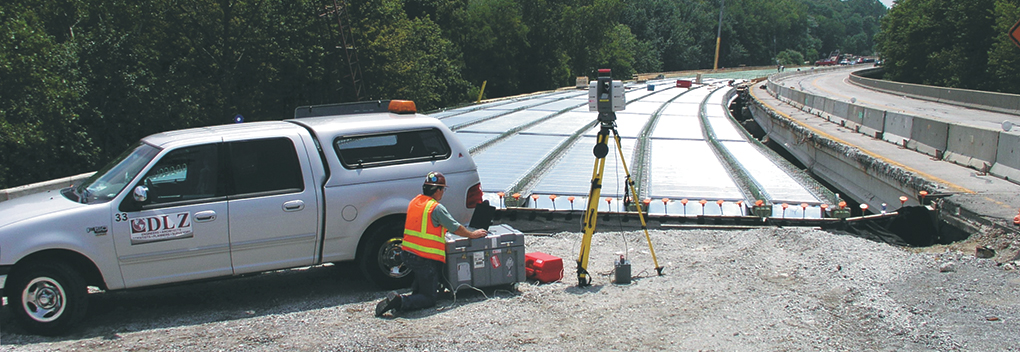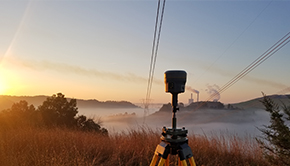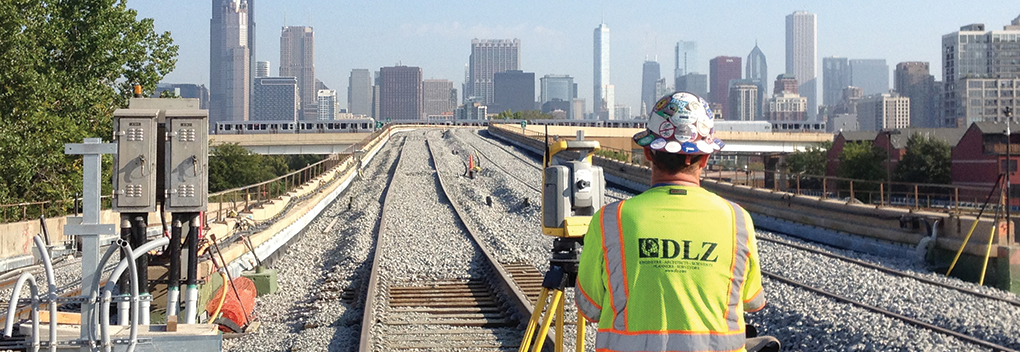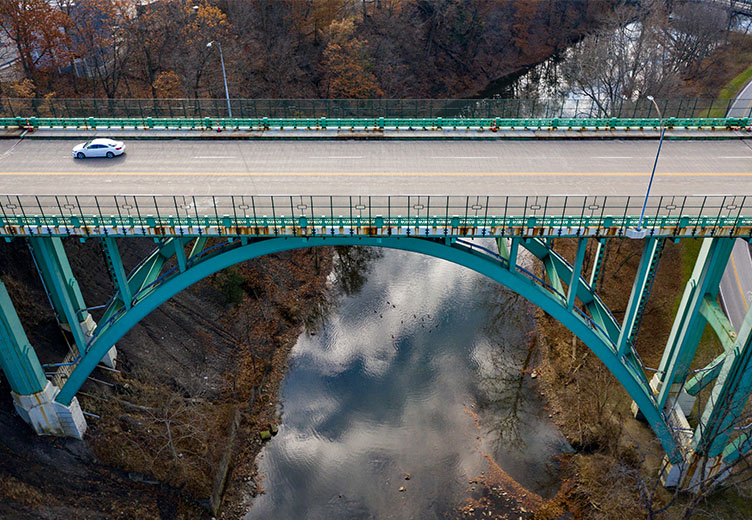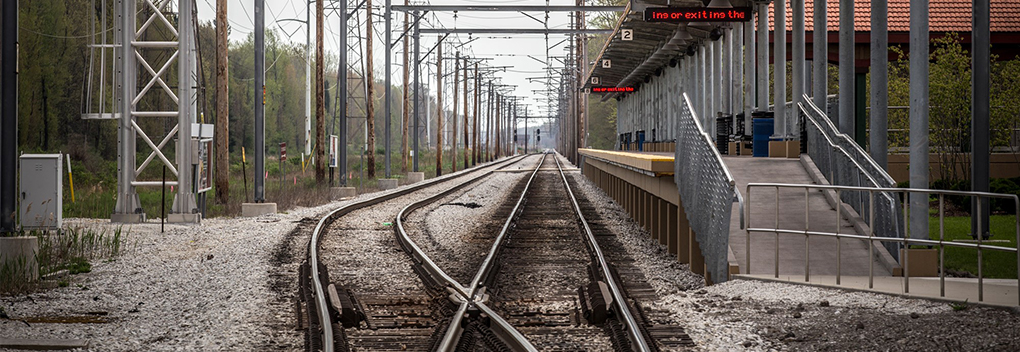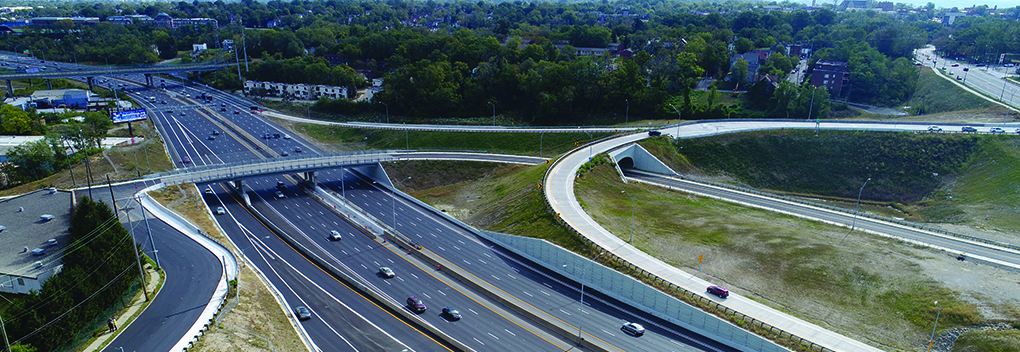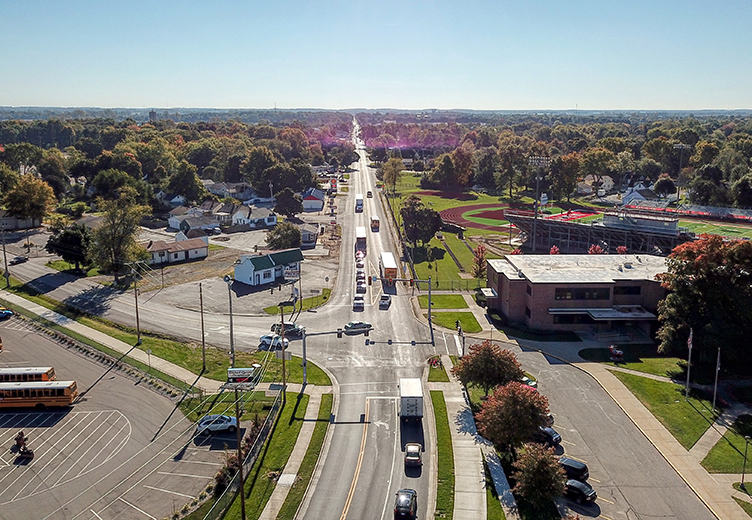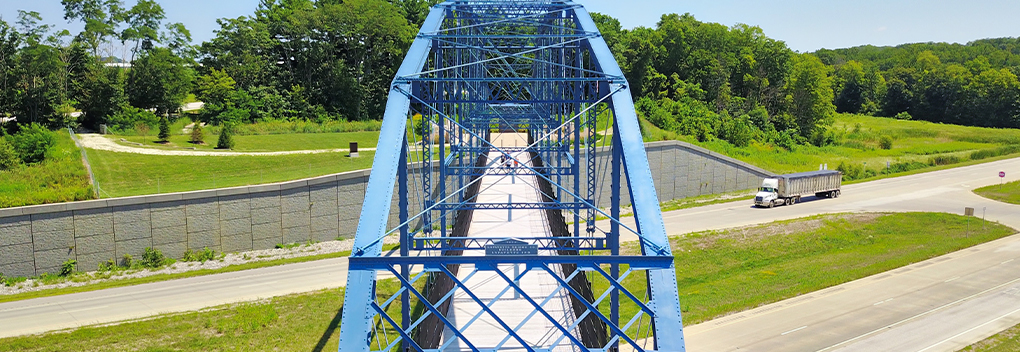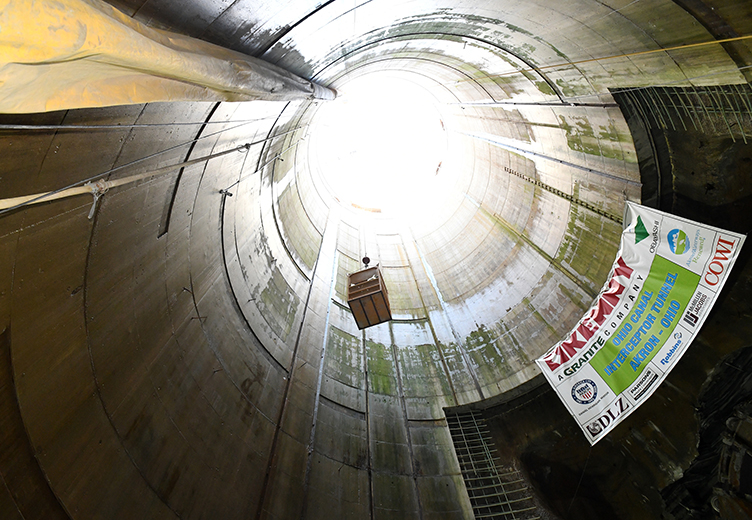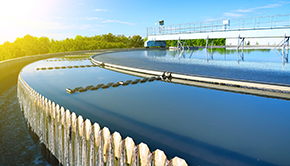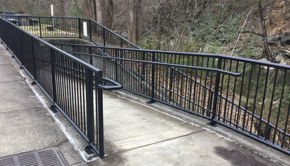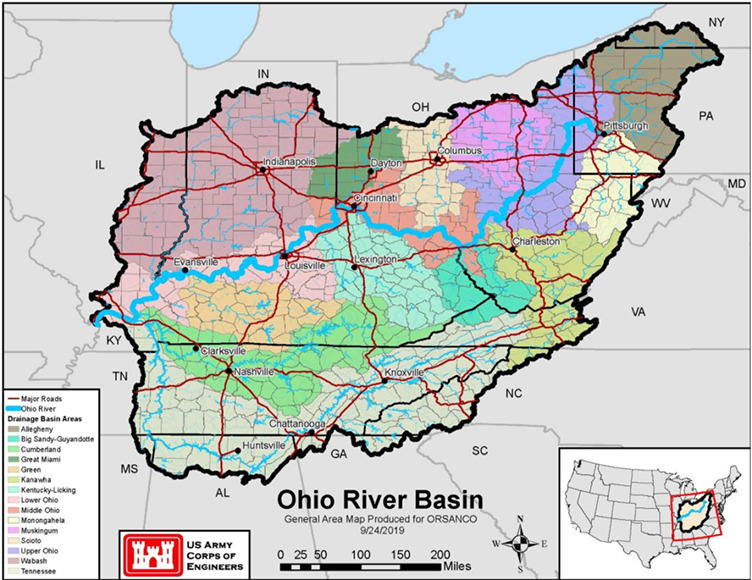The Ohio River Basin Alliance (ORBA) is a volunteer group of stakeholders who work together to set water resource priorities for the Ohio River Basin to sustain healthy ecosystems and communities and improve our water-dependent economies.
ORBA provides a forum for addressing water resource issues in the Ohio River Basin in today’s changing environment. ORBA includes members from over 130 organizations, including local, state, and federal agencies, commissions, industry, academia, and not-for-profit organizations.
How It All Started
That is where I came in.
I worked at the Huntington District Corps of Engineers and served as the Corps’ Liaison to the State of Ohio and the U.S. Department of Energy’s National Energy Technology Laboratory. Because of my experience in building collaborative relationships, I was asked to establish a stakeholders’ group for the Ohio River Basin in Cincinnati. The basin is large, which many people don’t realize. It covers over 204,000 square miles, is home to 25 million people, and includes 15 states stretching from New York to Alabama.
Our first meeting, called “The Ohio River Basin Summit,” was held in 2009 in Covington, Kentucky, across the Ohio River from Cincinnati. Sitting in a conference room overlooking the river, a group of nearly 100 stakeholders agreed to form a volunteer group and work together to set priorities to improve the basin’s environment and economy. This group came to be known as the Ohio River Basin Alliance, or ORBA.
Initially, ORBA was co-led by the Corps of Engineers, the Ohio River Valley Water Sanitation Commission (ORSANCO), and the U.S. Environmental Protection Agency. Some stakeholders were unsure of the purpose of ORBA. Many thought it was a Corps of Engineers’ effort to gain more power over water resources in the basin. But over time, the parties built mutual trust and worked together to complete the first study to create a basin-wide strategy in a report “Plan for the Ohio River Basin 2020-2025.”
ORBA’s Goals
ORBA has established six main goals to ensure the quality and quantity of our water will support the environment and the economy.
- Abundant Clean Water: Ensure the quality and quantity of water in the Ohio River Basin is adequate to support the economic, social, and environmental functions that are dependent on it.
- Healthy and Productive Ecosystems: Conserve, enhance, and restore ecosystems within the Ohio River Basin to support natural habitats and the fish and wildlife resources that depend upon them.
- Knowledge and Education to Inform Decisions: Ensure that research and education adequately inform Ohio River Basin-wide economic, social, and environmental decisions; enhance the profile of education organizations in the Basin that synergize efforts to garner effective public involvement in the stewardship and management of the Basin’s resources.
- Nation’s Most Valuable River Transportation and Commerce Corridor: Provide for safe, efficient, and dependable commercial navigation within the Ohio River Basin to ensure a competitive advantage for our goods in global and regional markets; sustain a water use system to efficiently and effectively support agricultural, industrial, and energy productivity.
- Reliable Flood Risk Management: Provide reliable flood risk management through well-managed and maintained infrastructure, including appropriate floodplain connections for water conveyance and ecosystem benefits, and management of surface and stormwater runoff to protect life, property, and economies better.
- World-class Nature-based Recreation Opportunities: Enrich the quality of life for people and recreation-based economies by maintaining and enhancing riverine, lake, and wetland-associated recreation within the Basin.
Plan for the Ohio River Basin
Recently, the Corps’ Louisville District, in collaboration with ORSANCO and ORBA, released the first basin-wide strategy to create a blueprint of goals, objectives, and actions through 2025 for improvements in economic health, ecological well-being, and quality of life for those of us living in the basin.
In this blog series, I’ll describe ORBA’s strategies and action steps to meet the goals. Next week I’ll present ways we can work together to achieve the first goal of ensuring we continue to have abundant clean water.

